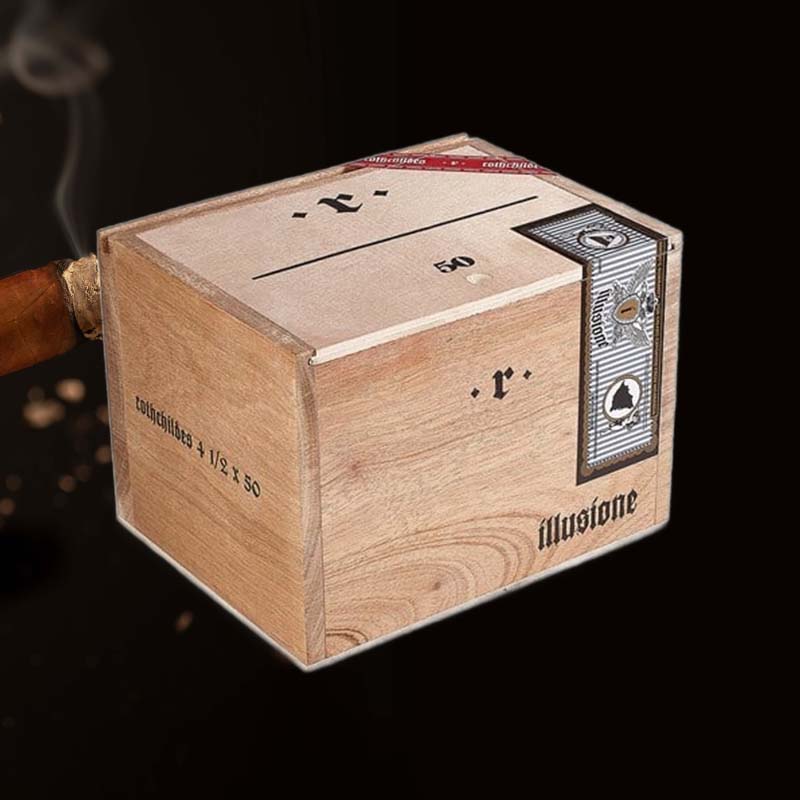Why don't torch lighters work
Ως ενθουσιώδης του πούρου, there’s nothing more frustrating than settling down in my favorite chair, cigar in hand, and discovering that my torch lighter won’t work. The anticipation builds, but that moment of joy is swiftly followed by disappointment. I’ve often wondered, “Why won’t my torch lighter ignite?” Let’s try to unravel this puzzle, diving deep into the common hiccups of torch lighters, so you can enjoy your cigar without the hassle.
Γιατί ο αναπτήρας μου δεν ανάβει?
There are multiple factors that can lead to a torch lighter refusing to ignite. Understanding these issues makes troubleshooting easier.
Ελέγξτε το επίπεδο καυσίμου
Πρώτα πράγματα πρώτα: is your fuel level sufficient? It’s often the simplest solutions that trip us up. A quick glance at the fuel gauge can save you a lot of time. If you’re low, refilling is your best bet.
Common torch lighter problems

Diving deeper into troubleshooting, let’s explore the prevalent issues that plague torch lighters.
Weak flame or no flame
- Καύσιμα: Ensure there’s enough butane.
- Φραγμένο ακροφύσιο: Dirt can block fuel flow.
- Πυρόλιθος: Worn flint may not produce a spark.
- Airlock: Μερικές φορές, air can prevent fuel flow.
What to do when your lighter sparks but won’t ignite

I’ve faced the moment when my lighter sparks beautifully, yet no flame appears. Here’s how I’ve successfully navigated this issue.
Troubleshooting ignition issues
If you hear a spark, but no flame follows, consider checking for clogs, Αντικατάσταση του Flint, or adjusting the fuel valve. A simple adjustment can often restore functionality.
Identifying fuel leaks

It’s crucial to ensure your lighter is not leaking fuel—this is both frustrating and can create a safety hazard.
How to check for leaks
- Smell for gas: A strong butane odor indicates a leak.
- Observe for bubbles: Apply soapy water to the lighter’s seams.
Understanding why your torch lighter is out of fuel
Φανταστείτε αυτό: you go to light your cigar after a long week, only to find that your lighter is empty. Let’s explore the signs!
Signs of low fuel
- Short flames: Indicates insufficient fuel.
- Intermittent ignition: Struggling to stay lit.
- Unresponsive lighter: You press and nothing happens.
The impact of dirt on lighter performance

A clean lighter is a dependable lighter. Accumulated dirt can negatively affect performance.
Συμβουλές καθαρισμού για βέλτιστη απόδοση
- Χρησιμοποιήστε τον πεπιεσμένο αέρα για να καθαρίσετε το ακροφύσιο.
- Σκουπίστε το εξωτερικό με ένα μαλακό πανί.
Recognizing abnormal sounds from your lighter
Μερικές φορές, my lighter emits strange noises, sparking worry. Here’s what those sounds might mean.
What a hissing sound indicates
A hissing noise usually signals a possible fuel leak or that the valve is stuck. If you hear this, proceed with caution and check for leaks immediately.
Dealing with moisture issues in your lighter

Humidity can wreak havoc on any lighter. I’ve learned to be cautious about moisture.
How dampness affects lighter function
Excess moisture can cause the lighter to malfunction, leading to a tricky ignition. Keeping it dry is key!
Exploring safety features of torch lighters

Safety features are great, but sometimes they can hinder the lighter’s operation.
How safety mechanisms might affect operation
Child-proof mechanisms and automatic shut-offs can prevent ignition if the lighter is malfunctioning; be sure to understand these features when troubleshooting.
Preventive measures for torch lighter malfunction

To enjoy stress-free lighting, preventive care is essential.
Best practices for maintenance and storage
- Αποθηκεύστε σε δροσερό, ξηρό μέρος.
- Regularly clean the nozzle and surrounding areas.
- Refill only when necessary.
What to check before refilling your torch lighter
If you’re refilling your lighter, a few checks can ensure an easy process.
Key steps for a successful refill
- Βεβαιωθείτε ότι ο αναπτήρας είναι εντελώς άδειος.
- Use the correct type of butane.
- Follow the manufacturer’s guidelines for filling.
Adjusting the flame height

Finding the perfect flame can elevate the entire cigar experience.
How to properly adjust your torch lighter flame
Most torch lighters have an adjustable flame setting; simply turn the dial to achieve your desired height before lighting your cigar.
Cleaning the nozzle for better performance
A clean nozzle leads to a reliable flame. Here’s how I keep mine clean.
Tools and methods for effective cleaning
- Πεπιεσμένος αέρας: Clear out any blockages.
- Cotton swab: Gently clean around the nozzle.
Purging air from the lighter tank

Air can prevent proper fuel flow, leading to lighting issues.
Importance of purging for proper fuel flow
Για να διατηρήσετε την απόδοση, purging is essential if you notice inconsistent flame issues. Release air before refilling to ensure optimal operation.
When to replace the flint

I’ve learned that flint wear can stall my lighter’s igniting ability.
Signs your flint may need to be changed
- No spark when trying to ignite.
- Visible wear on the flint itself.
Is it time to seek professional help?

Μερικές φορές, despite best efforts, a lighter might need a professional touch.
Signs that indicate professional servicing is needed
- Repeated ignition failures despite troubleshooting.
- Visible damage to any components.
Σύναψη
Maintaining your torch lighter is crucial for the enjoyment of each cigar. Τακτικοί έλεγχοι, cleanings, and understanding the nuances of your lighter can prevent disappointing situations. Παρά όλα αυτά, the goal is to savor every puff without an ignition hiccup!
Συχνές ερωτήσεις

Γιατί δεν θα δουλέψει η ελαφρύτερη δουλειά μου?
Common issues include lack of fuel, φραγμένα ακροφύσια, ή φθαρμένο πέλμα. Always inspect these elements first.
Γιατί η ελαφρύτερη σπίθα μου αλλά δεν είναι ελαφριά?

This often indicates a blockage or a fuel issue. Check for clogs or adjust the fuel output.
Γιατί δεν επιτρέπονται αναπτήρες φακών?

Due to their high flame and potential for misuse, torch lighters are sometimes restricted in certain areas to enhance safety.
Why do butane lighters always stop working?

Butane lighters can stop working due to low fuel, φραγμένα αεριωθούμενα, or worn-out components that need replacement.





